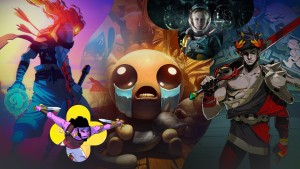Please support Game Informer. Print magazine subscriptions are less than $2 per issue
Do’s And Don’ts Of Post-Release Content
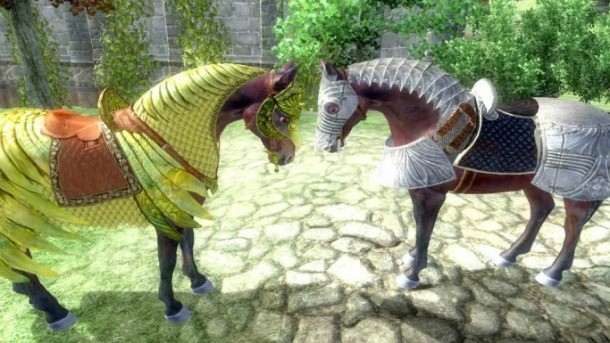
Years ago, you bought a game and that was that. You inserted the disc or cartridge, installed or booted up the game, and played it on your computer or console – flaws and all. When you completed it, your time with it was over. Today, games aren’t a standalone product. They alter and grow, and sometimes the process isn’t so smooth. Here are the things that should and shouldn’t be introduced as post-release content.
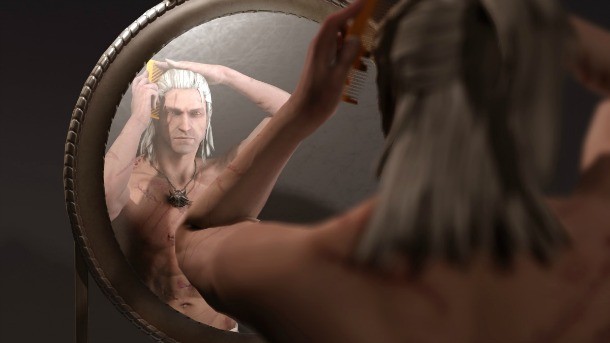
DO: Bonus DLC
Downloadable content can make players return to a game they thought they set down for good. It can offer players hours of new gameplay in a familiar world, and sometimes it’s free. Developers who make this decision are few and far between. ArenaNet releases free DLC for Guild Wars 2 every two weeks. The Witcher 2, developed by CD Projekt Red, features new cosmetic options, tutorial areas, and an arena free of charge.
Developers might not make any immediate financial gain off of this approach, but fans show their praise. Keeping the game relevant is another form of marketing, and, in the case of ArenaNet, players are exposed to in-game market longer. But, hey, it’s still free.
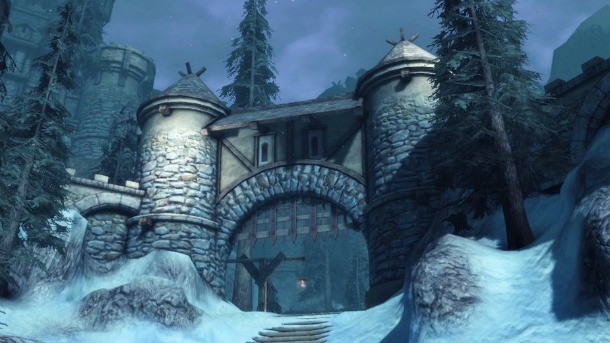
DON’T: In-game advertising
For those unfamiliar to Dragon’s Age Origins, Warden’s Keep was a DLC that players could receive if they pre-ordered the game, bought a digital deluxe edition, or purchased outright. If you didn’t have it, every time you went to the party camp, you’d find someone hinting at a quest that you couldn’t access. In a game driven by quest completion, this DLC was maddening. Having extras and DLC under the “store” option in the main menu is one thing, but it’s another when the game reminds you of what you don’t have every time you play the game.
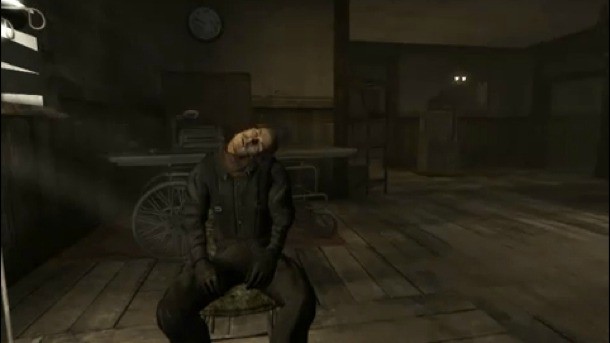
DO: Prompt patching
You start up a new game. The loading screen completes, and you’re treated to atmospheric visuals and music. An old man starts talking, but something horrible happens instead. The man’s head spins like a clock hand. That wasn’t supposed to happen, right?
Fallout New Vegas had a rough launch. Players encountered hundreds of problems, but within a week of its launch developer Obsidian released an update with more than 200 fixes. It would have been nice not to have an issue at all, but a patch within a week is impressive. On the other hand was Lair. Critics and players alike condemned the terrible sixaxis controls. Seven months later, an update allowed for analog controls. Players can be patient, but for such an obvious problem that was way too long.
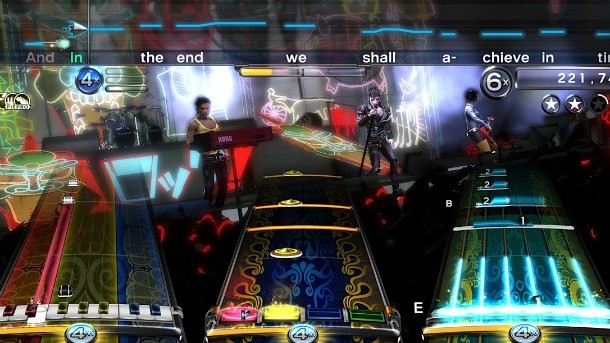
DO: Personalize content
Customization offers tailored experiences for gamers. In the case of Rockband, the game can’t possibly license the huge library of music in a $60 box. Players can buy additional music, building song lists that resemble a playlist on iTunes. Individual songs are usually priced between one and two dollars. As opposed to having only a few pieces of DLC that may or may not be interesting to the player, the library of DLC allowed gamers to make personal choices.
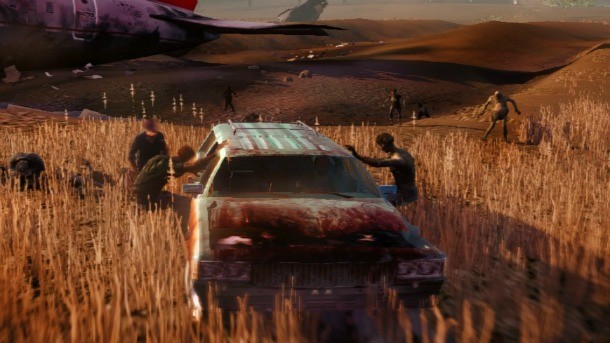
DON’T: Release a buggy patch
The only thing worse than releasing a patch too late – or not at all – is releasing a patch that doesn’t fix the problem or makes it worse. State of Decay’s first patch didn’t take. The majority of players experienced the same issues the patch was supposed to fix. Bugs happen. Players appreciate the effort to fix them, but messing up a patch only makes the development look even sloppier. Fortunately, the majority of State of Decay’s gamers are models of patience.
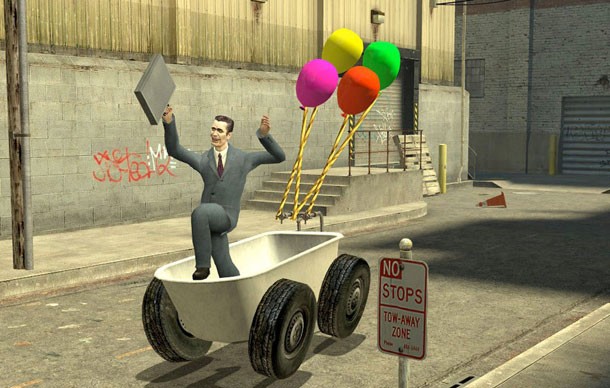
DO: Build community workshops
Of all the different things that are implemented post-release for video games, user-created content by consumers is the most encouraging. Fans create mods and fixes for fans. They are in the spirit of a community that has already fallen for a game. Often, they are free. All it takes is for development to embrace the support of the community. By including working workshops for games, developers enable their games to remain relevant. They also encourage a near endless list of content for fans of the series post-release.
What were some of your best and worst moments with post-release content? Share your thoughts in the comments below.

